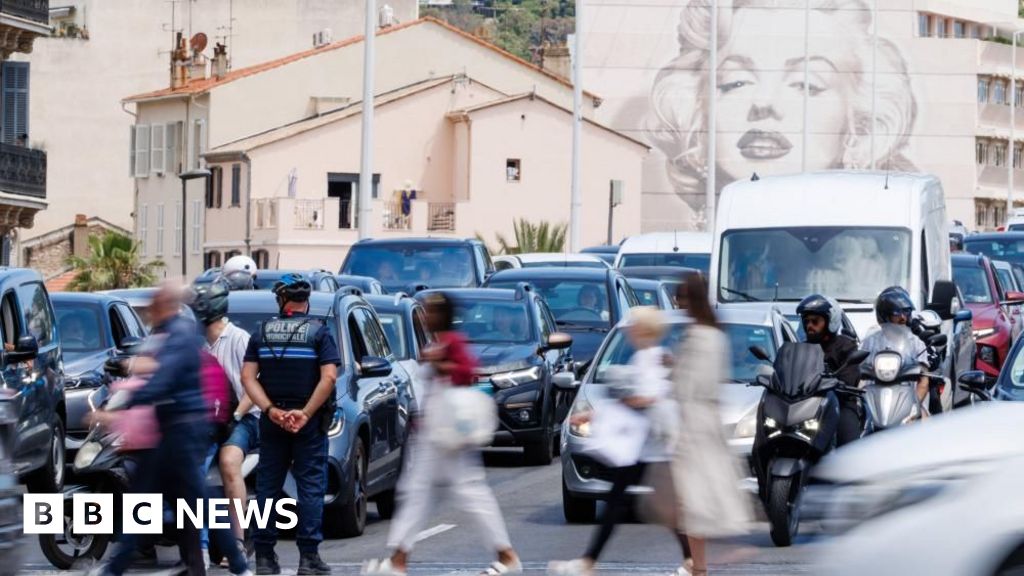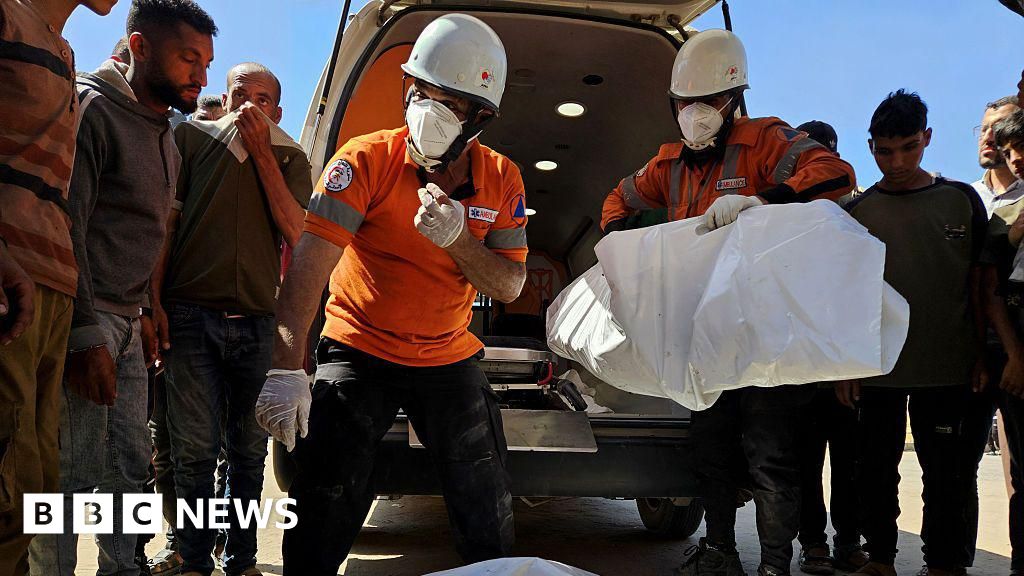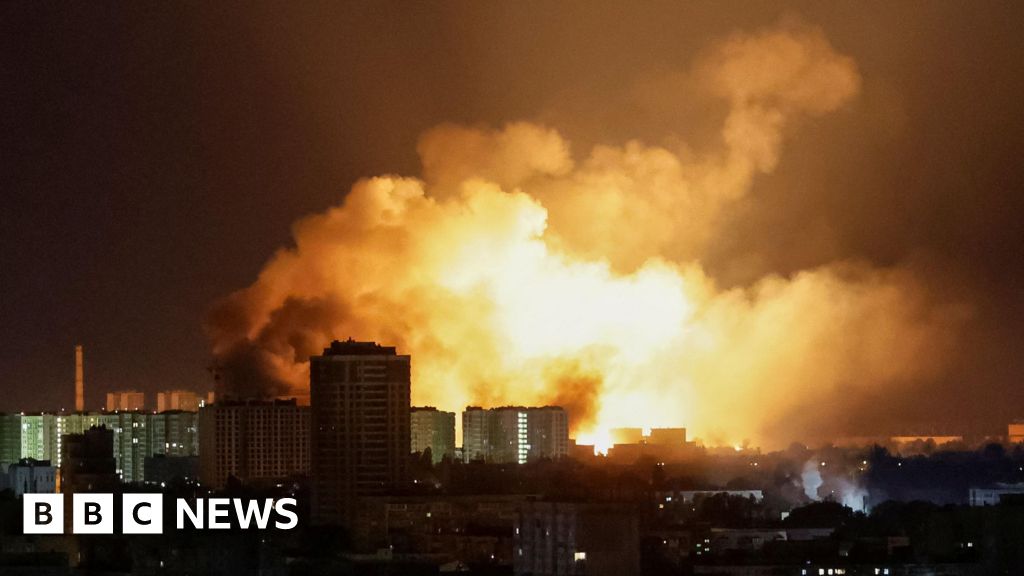ARTICLE AD BOX
By Geeta Pandey
BBC News, Delhi
Image source, Getty Images
Behind every successful man is a woman, goes the popular saying.
But millions of women are believed to be behind the success of Indian Prime Minister Narendra Modi's Bharatiya Janata Party (BJP) in key state elections held recently.
According to two recent studies, more women than men voted for the BJP in the February-March elections held in four of the five states it won, including the bellwether Uttar Pradesh which has a population larger than that of Brazil.
Since 1962 - when the Election Commission began breaking down voter turnout by gender in general elections - more women always voted for the Congress party at the national level.
But in 2019, for the first time ever, BJP became the party with the highest number of female votes.
Now, the BJP - like most Indian political parties - is hardly made up of feminists and has a world view that many women find unpalatable.
Party leaders are often in the news for misogynistic remarks and some of its state governments have made global headlines for poor handling of rape cases.
Also, the longest and most vocal protests against the government's controversial citizenship law have been led by women.
But despite this, data suggests that more women are voting for the BJP now.
So how did the BJP become the party of choice for Indian women?
"Because of Mr Modi," says Sanjay Kumar of the Centre for the Study of Developing Societies (CSDS), a Delhi-based think tank.
"It's not all of a sudden that the party has become appealing to women. Mr Modi is definitely a factor - the major factor," he adds.
Image source, Getty Images
Image caption,BJP's recent wins in state elections have been propelled by women
Nalin Mehta, political scientist and author who extensively researched the topic for his recent book The New BJP, says the party began its women's outreach in 1980 when it formed a women's wing.
"The BJP had some important and powerful female leaders then and it made significant promises on women-specific issues, but not many women voted for the BJP for decades afterwards. The party was largely seen as dominated by patriarchal men and held little appeal for women."
The big change that happened in 2019 at the national level, he says, can be traced back to 2007 when Mr Modi made a bid for re-election as the chief minister of the western state of Gujarat.
It was the first time, Mr Mehta says, that Mr Modi"extensively courted women" - earning the moniker of "India's unlikeliest sex symbol".
At election rallies, he often talked about his 56-inch chest - a common masculine boast used by strongmen across Hindi-speaking states. But known for his politics of "muscular nationalism", Mr Modi owned the term.
"Every time he would mention it, there would be an audible gasp from the audience, especially from the section where women voters were sitting. And often there were more women than men at his rallies. He would appeal to them saying, 'I am your brother, I am your son, vote for me and I will look after your interests'," Mr Mehta says.
But masculinity has its limitations so he combined this image of "an alpha male who sets things right"with women-focussed outreach and development strategies - and it paid rich dividends, helping him win Gujarat in 2007 and again in 2012.
By the time he won the general election in 2014, he had honed this strategy to perfection.
As prime minister, Mr Mehta says, Mr Modi became "the catalyst of change" who regularly talked about women's issues at public gatherings and election rallies - in his speeches from 2014 to 2019, women featured more times in the top five topics.
But apart from deploying his personal charisma, the BJP has also been giving much more representation to women in politics.
Image source, Getty Images
Image caption,A significant part of the BJP's female supporters are from rural areas and below poverty line homes
In 2019, it fielded more female candidates than any other party and appointed more female ministers than any of the previous governments. It also revamped the party's organisational structure, brought in quotas for women and expanded its social base to fit in more women from rural and poorer backgrounds.
As a significant part of the BJP's female supporters are from rural areas and below poverty line homes, Mr Mehta says, the party's welfare schemes have also mainly targeted them.
In a country deeply rooted in patriarchy where women have few property rights, about 68% of over 1.7 million homes for the poor sanctioned between 2014 and 2019 were registered in the name of women alone or jointly with men.
The government also built tens of millions of household toilets and helped millions of women open bank accounts so they could receive pensions, subsidies and other benefits directly.
"Mr Modi has often been heard saying that we are building a welfare network which takes care of women from the cradle to the grave. The schemes are not perfect but they are definitely making a difference," Mr Mehta says.
"As a result, a lot of women voters are still seeing the party as the best bet, better than others."
But this gender-based support for a party when it's personality-driven could have a short shelf life, says Maya Mirchandani, senior journalist and head of media studies at Ashoka University.
"Mr Modi is hugely charismatic and enjoys tremendous sympathy with his supporters who see him as a simple man, leading a simple life. To them he's attractive because he's fit, he's not ostentatious but is immaculate when he comes out in public. But he's already 71 and some of it will fade with age."
It also remains to be seen, she says, whether his appeal will outlast the difficulties India is facing at the moment.
"At a time when unemployment is rising, inflation is high, and fuel prices are constantly going up, the only thing holding his supporters together is the politics of religious identity. But if communal violence gets out of hand and the economy is not pulled out of the morass, it would be the women who run the home and hearth who would turn against him," she says.
"That tipping point hasn't come yet, but it could."

 3 years ago
36
3 years ago
36








 English (US) ·
English (US) ·